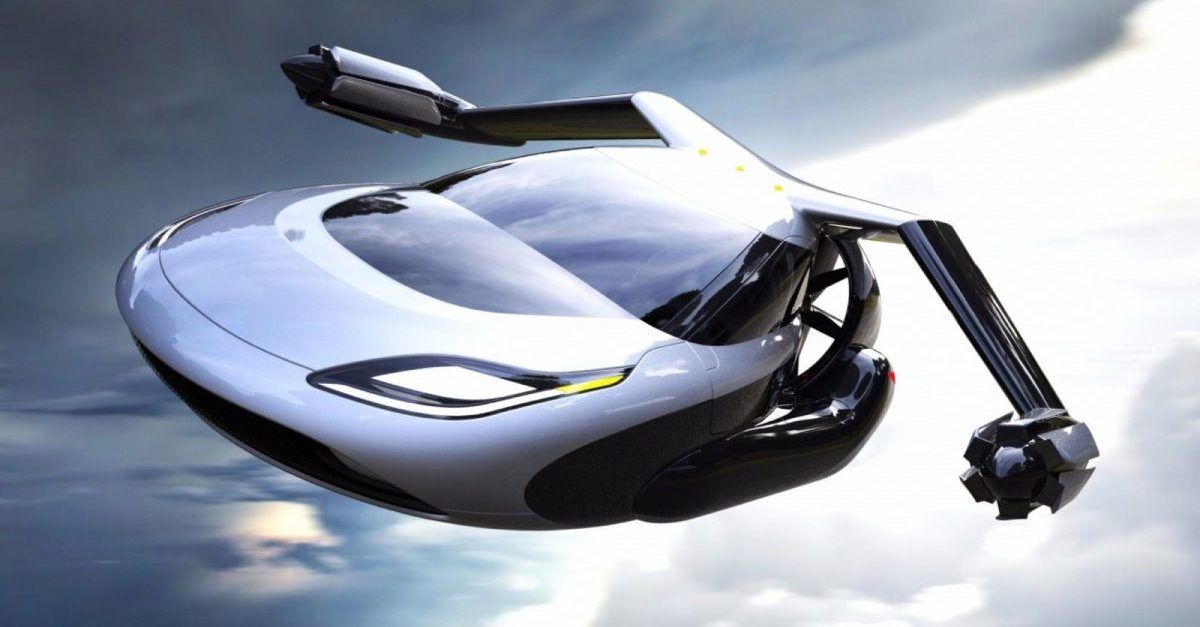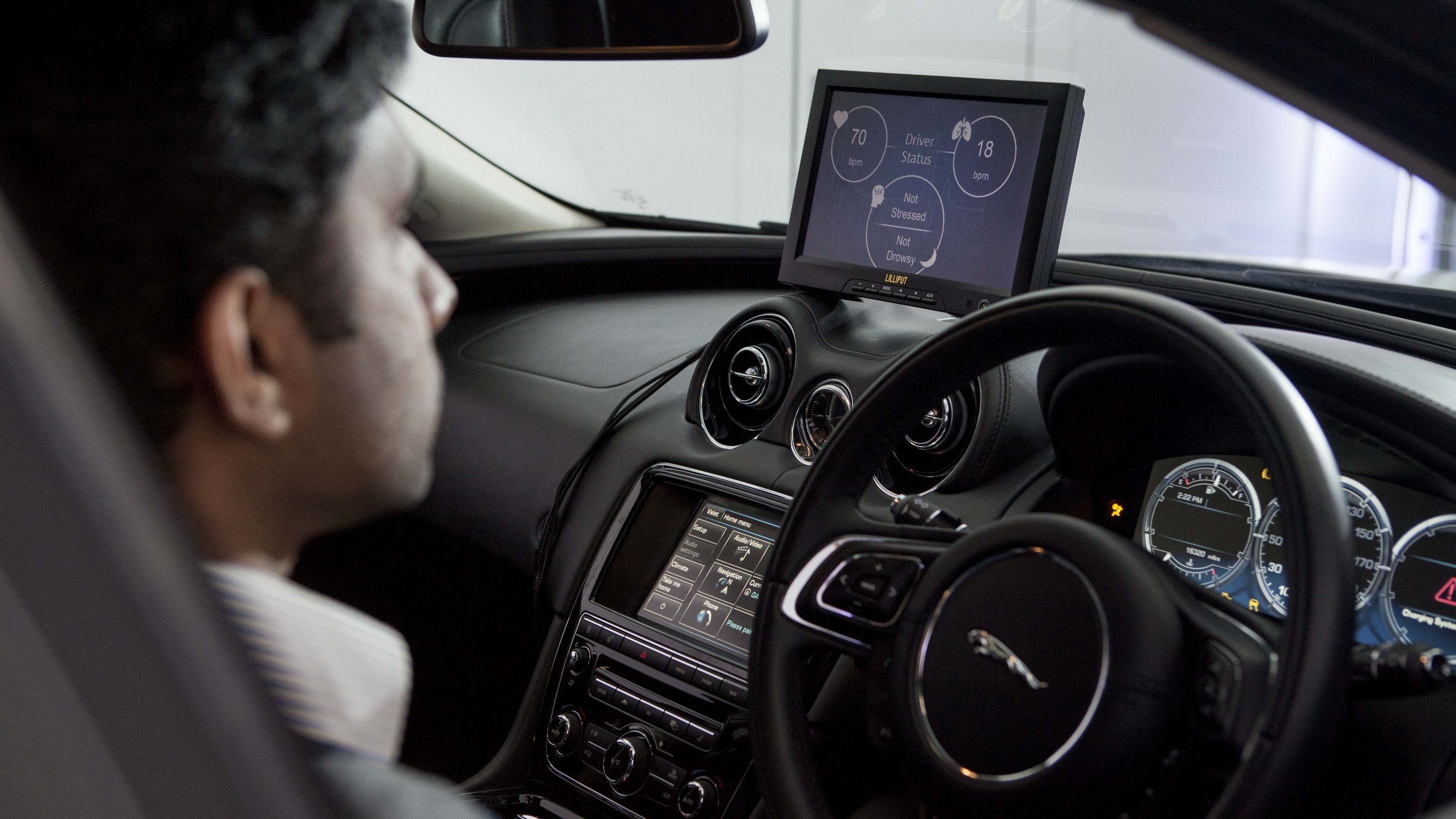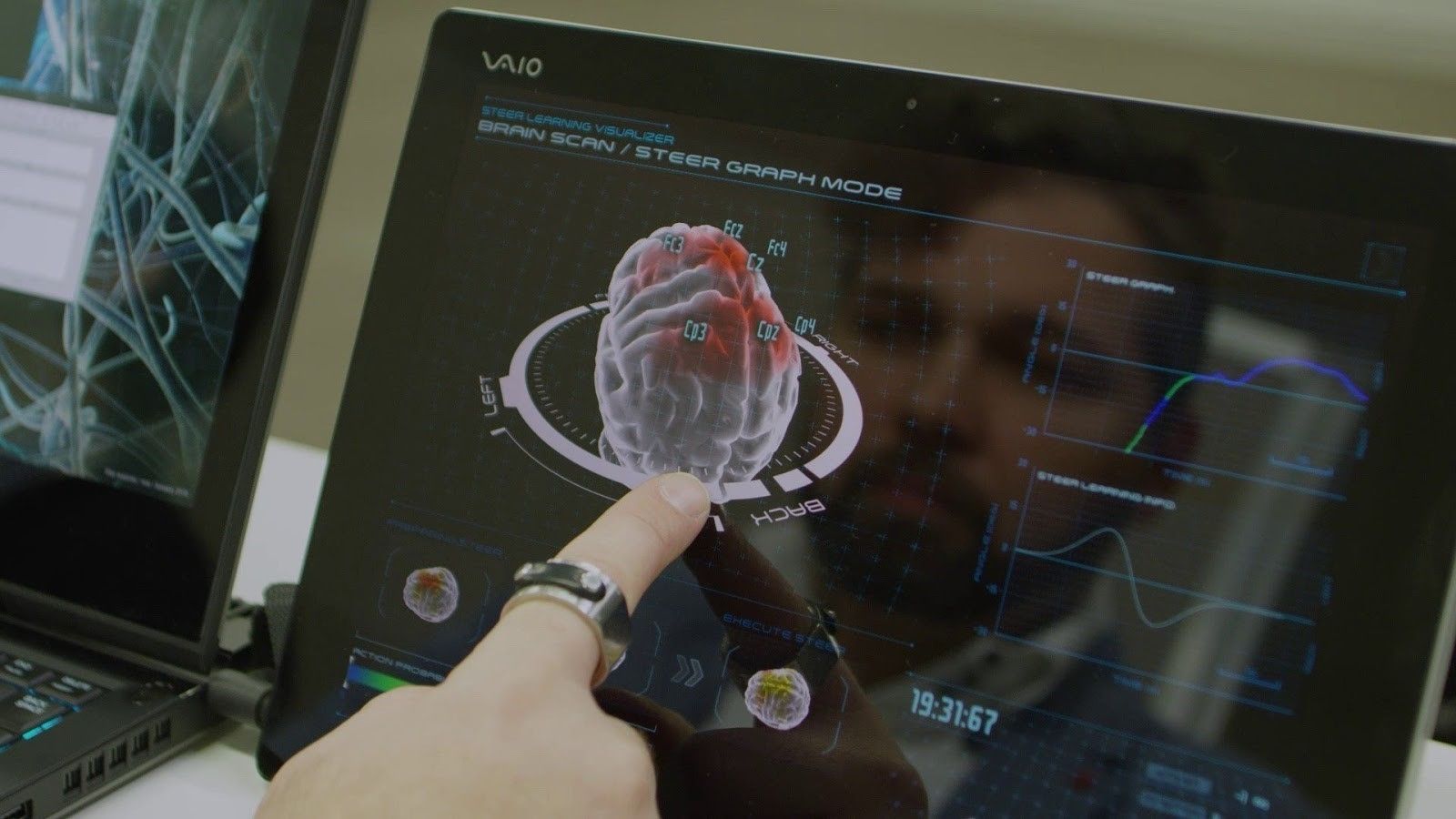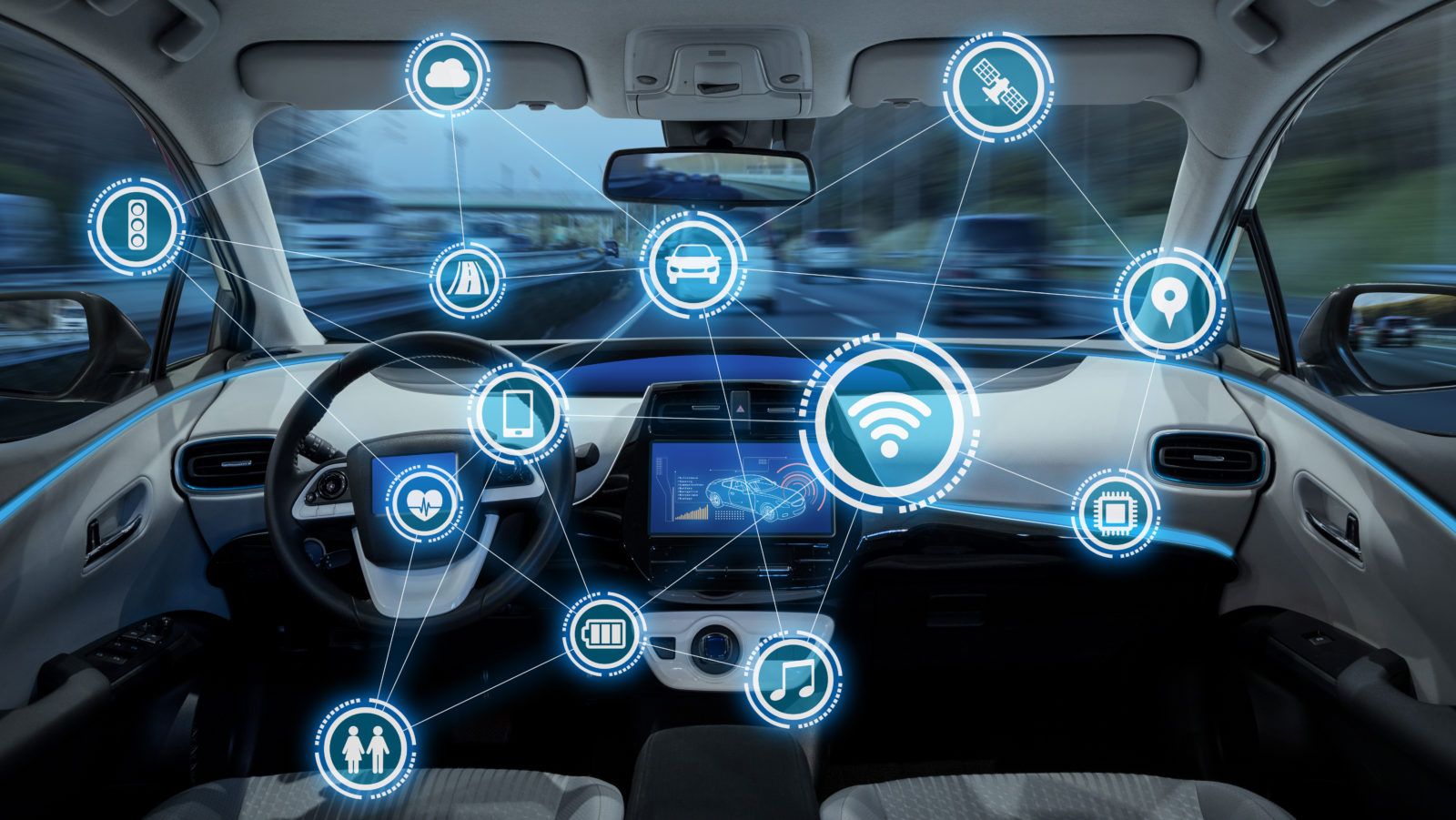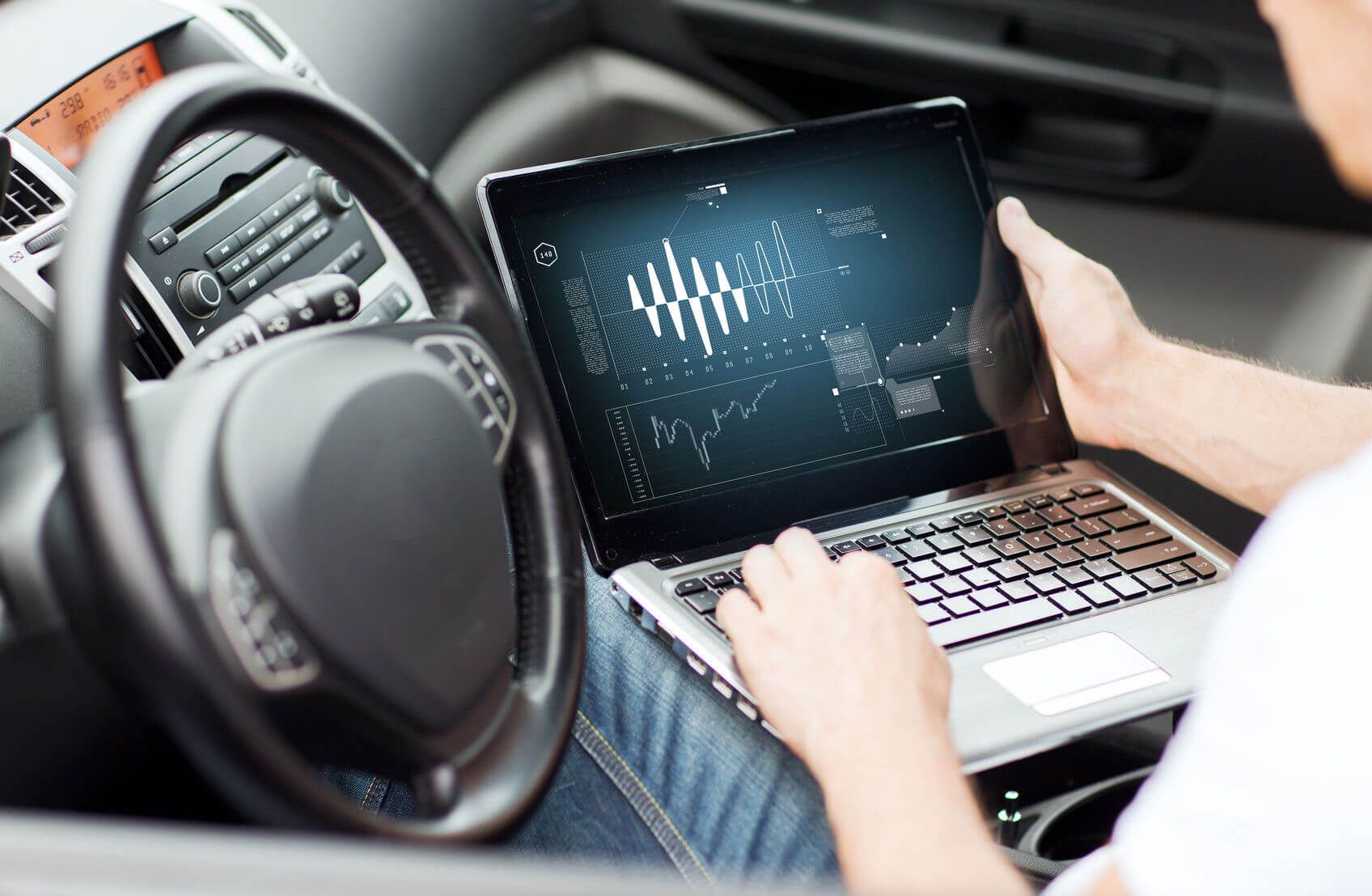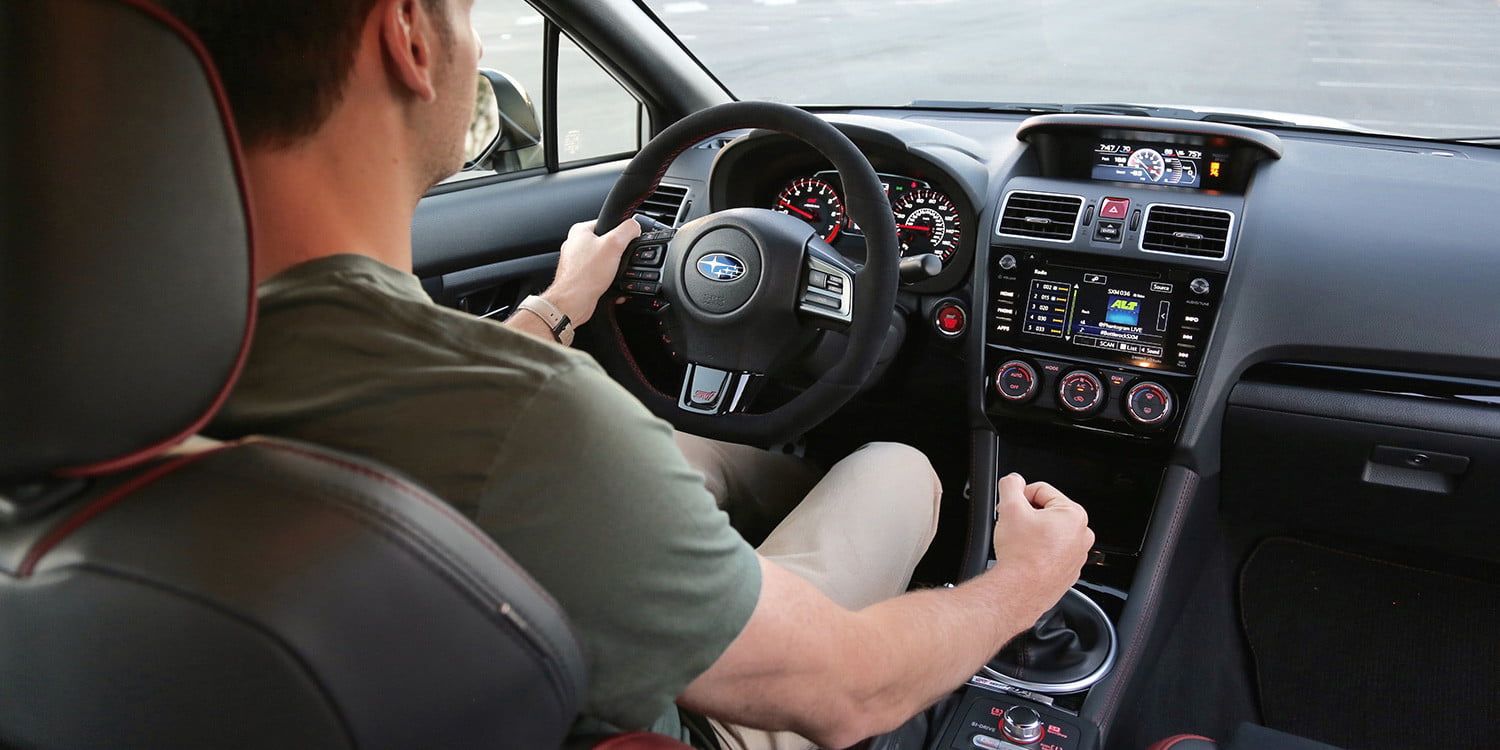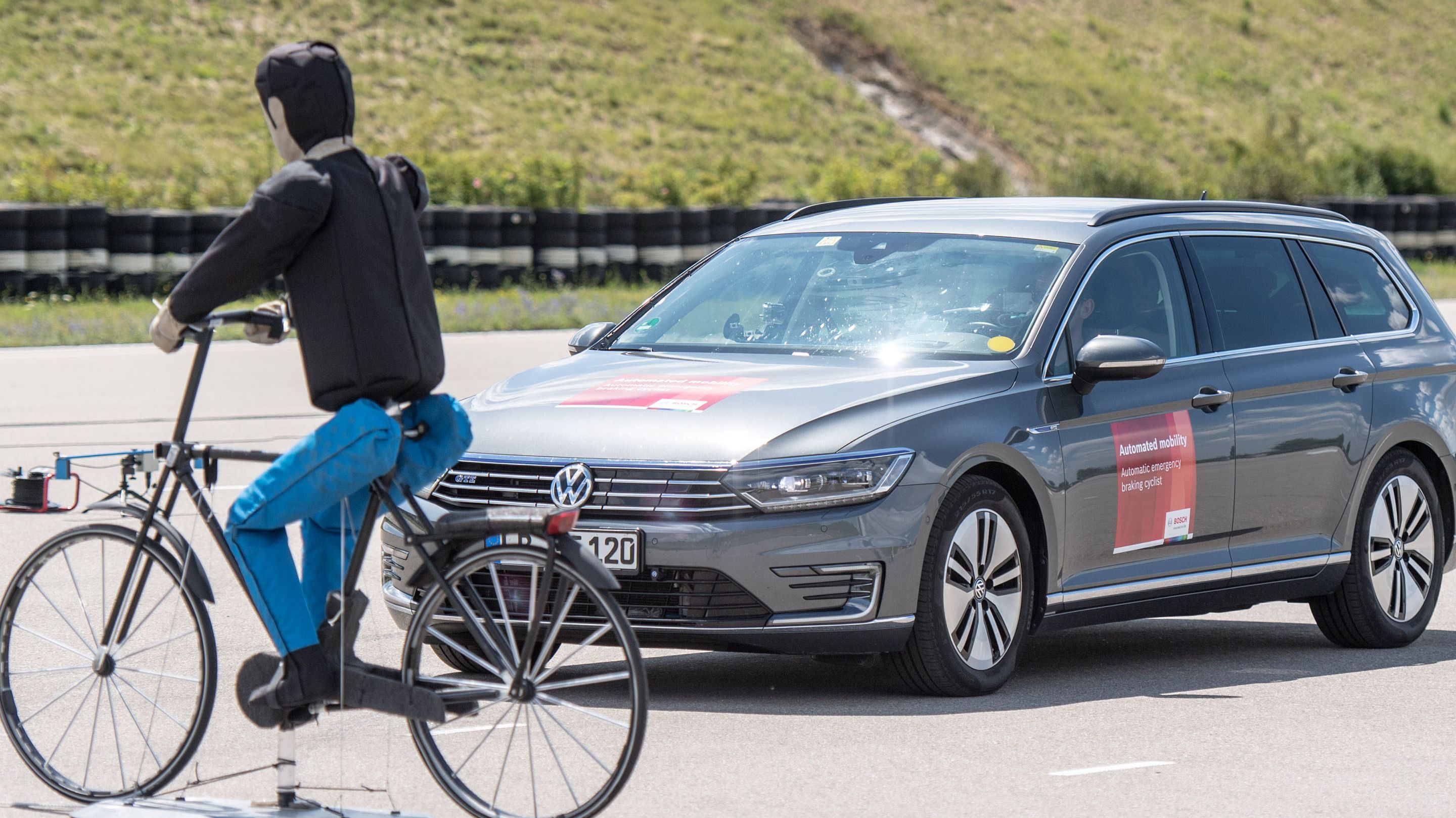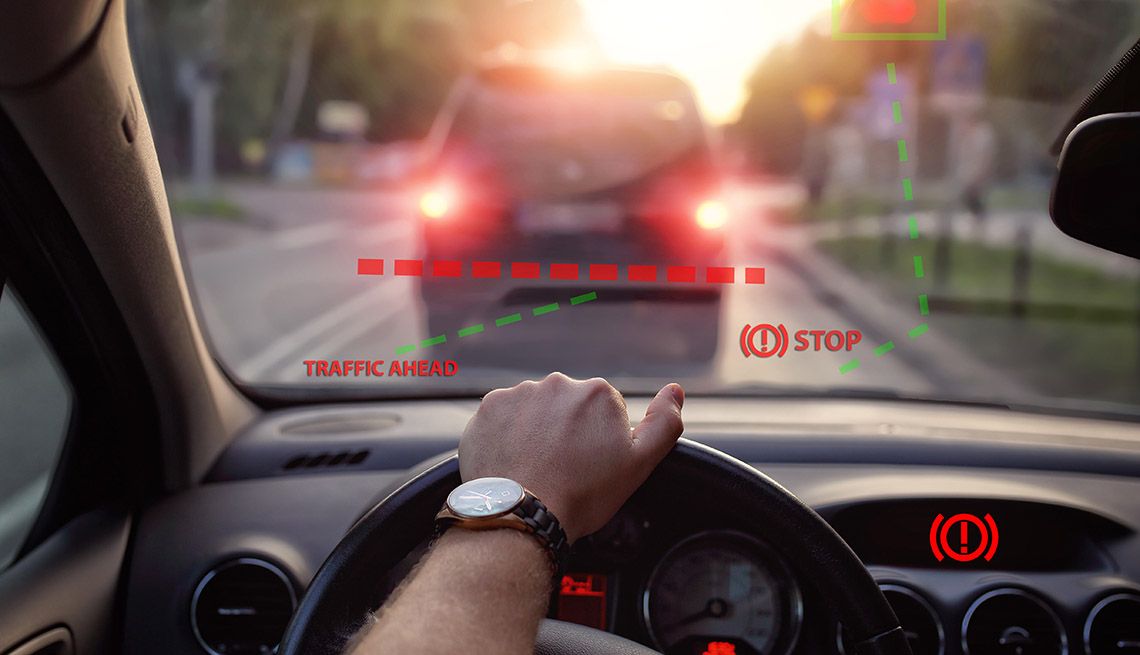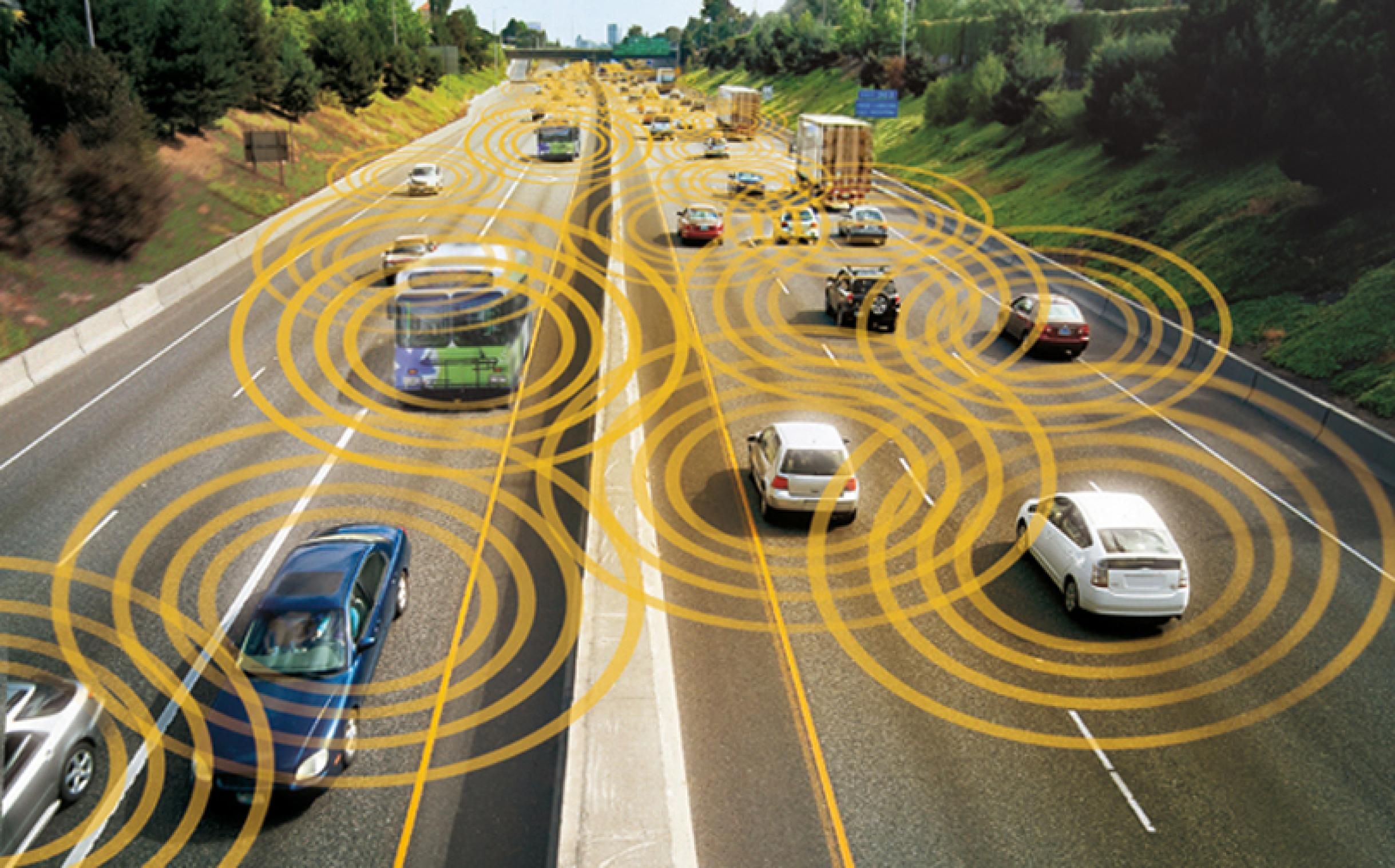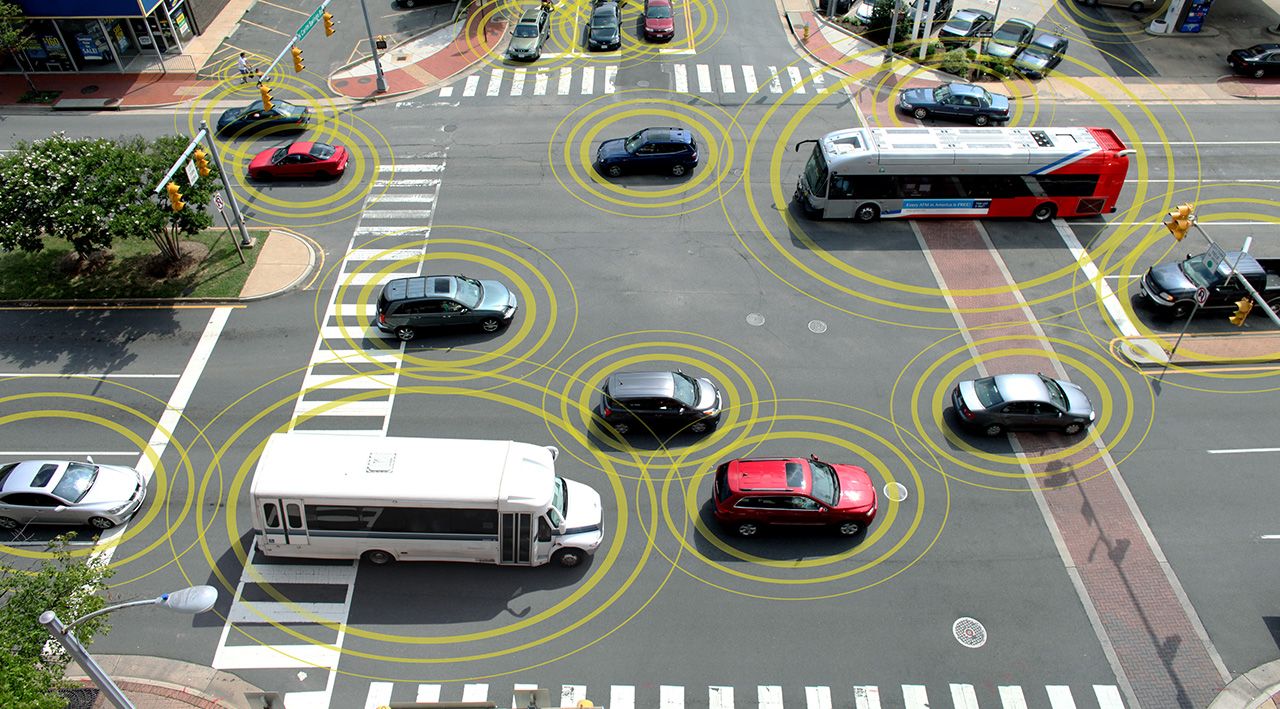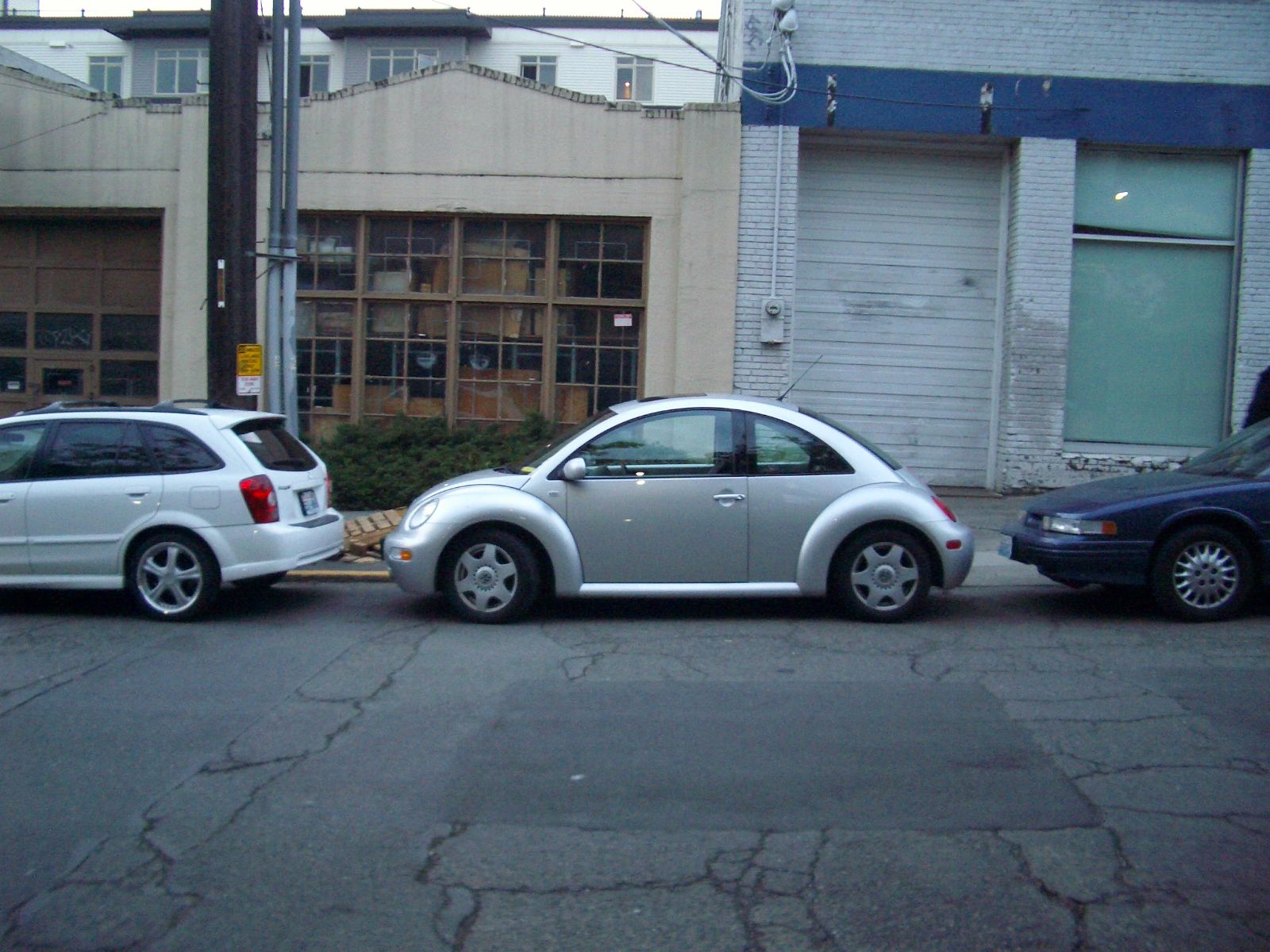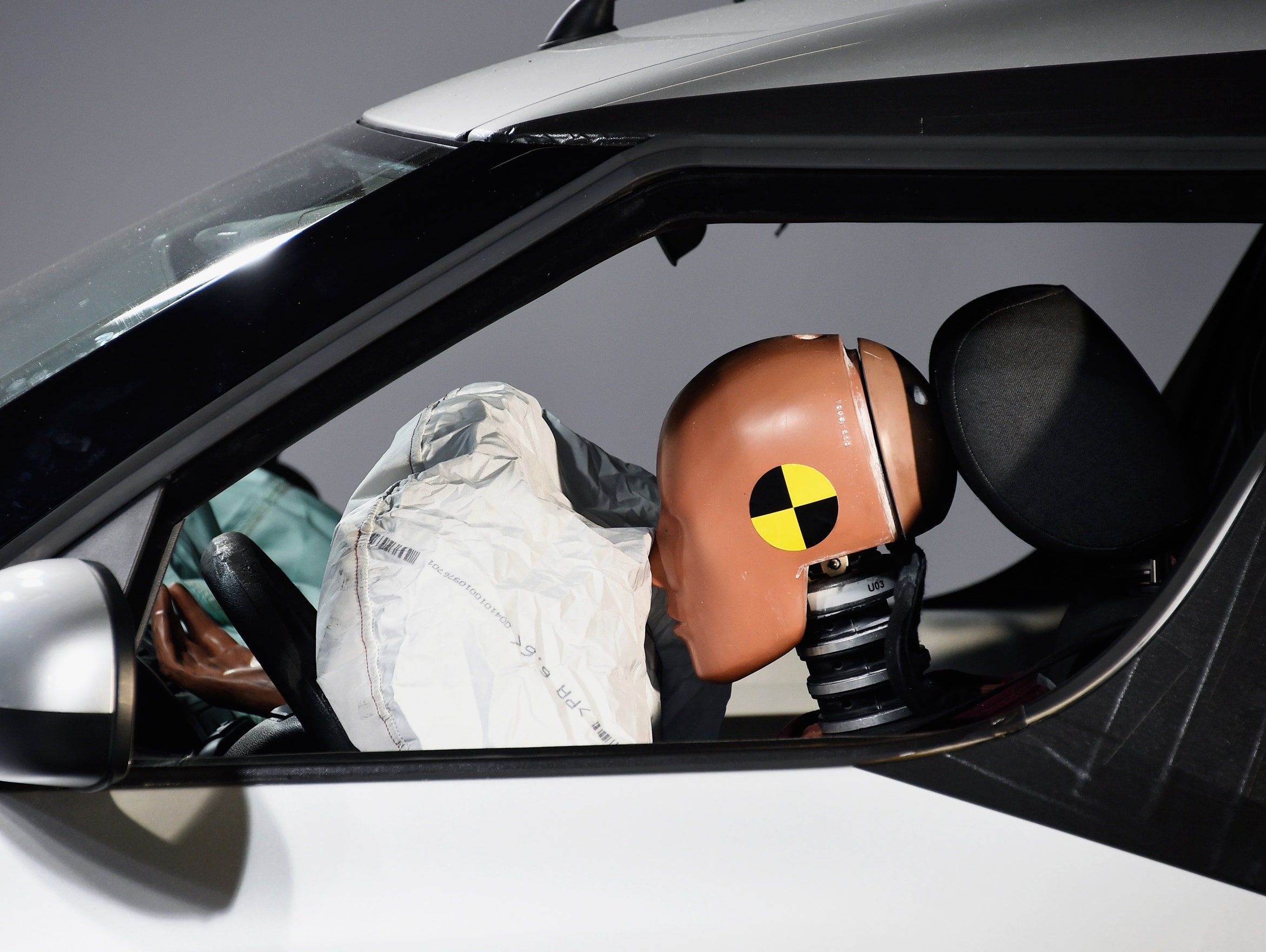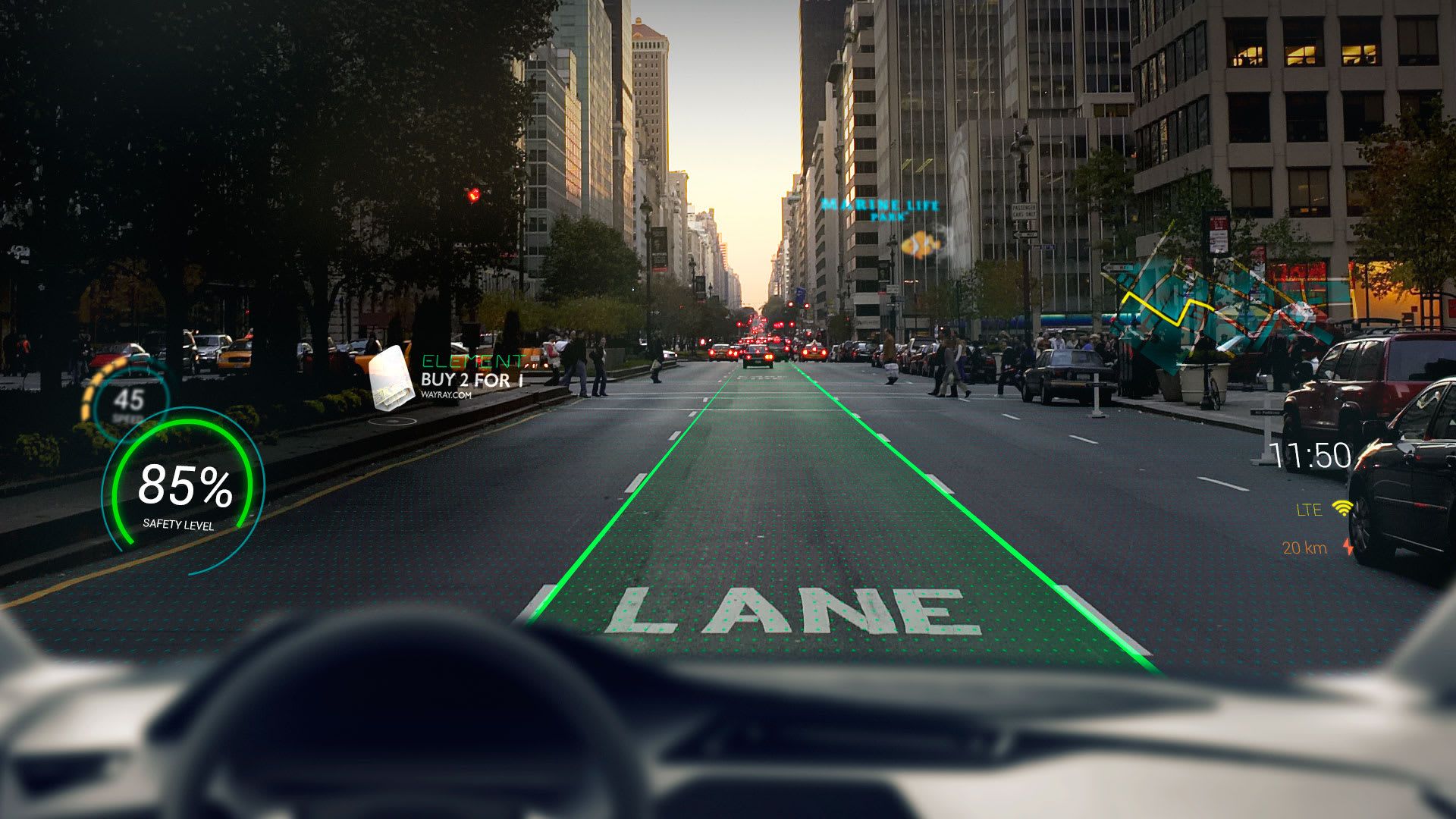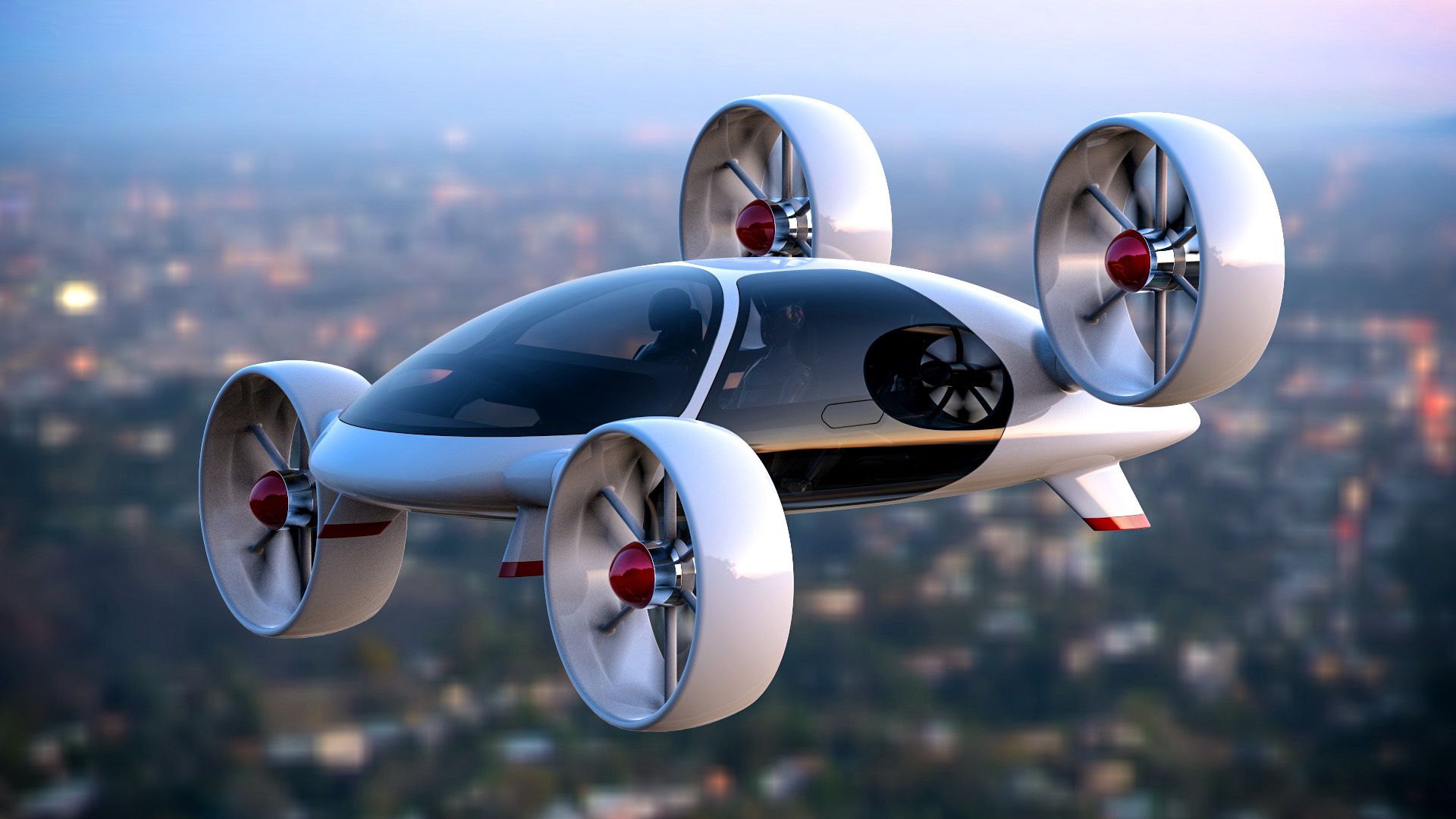Time waits for no one. A lot can happen in a day that can immediately change a particular way of life. Just imagine what can be done in a decade. In the automobile world, anything goes. Car manufacturing companies are ready and willing to try their luck with any new idea, regardless of how bonkers it sounds. What will our highways, off roads, and racetracks look like in the next 10 years you ask?
Well, car manufactures have made it their life mission to outdo each other in the rush for the golden ticket. Elon Musk has proven that he is ready to be crowned king of electric cars. Here is a look into 9 car innovations we could see in the next decade and one that will vanish with the wind.
10 Your Car Will Respond To Your Brainwaves
Lately, there has been a lot of talk about artificial intelligence and how it may influence the automotive industry. Nissan has decided that they have done enough talking and it is time to put it to the test. Thus, they have conducted numerous tests in attempts to connect your car to your brain.
They believe that brain-to-vehicle technology is the next big thing. This will be achieved by the use of physical sensors that will be worn on the head, and they give feedback to the vehicle to know what the driver intends to do when autonomous driving is not engaged.
9 Increased Cybersecurity Will Be Required To Prevent Vehicle Hacking
When car manufacturers decided to use computers to aid and assist their drivers, they did not sign up for hacking. Jeep knows this all too well. A Jeep Cherokee was hacked in 2015, which led to the driver crashing and sustaining serious injuries. And no! This is not a science fiction movie script. Car hacking has been on the rise and is expected to grow as cars become more and more computerized.
Modern cars have most of their major components hooked up to a computer and in the event of a hack, hackers get access to the steering, braking, and transmission system. With all advancements, drivers are left wondering if they are safe behind the wheel. Cybersecurity measures are thus being put in place to ensure that drivers and passengers are safe.
8 Traffic Jam Assist Will Go Mainstream
Traffic is the menace that we have been living with for as long as cars were invented. If you have ever sat in traffic for more than 30 minutes, you know what it means to be cooped up in a small space with nothing to do. Sure, many times you have found yourself asking what has caused all this traffic, only to never arrive at a concrete answer.
That is why car manufactures have decided to develop a solution that will not get rid of traffic, but rather make them tolerable. Audi is leading the band on this technology. They have developed a sophisticated laser system that scans and gives feedback to the car then provides the right steering, braking, and throttle adjustment to help drivers navigate traffic jams and make the experience less harrowing (especially with a stick shift).
7 The Death Of The Manual Transmission
The demand for manual cars is rapidly plummeting. A study shows that cars with manual transmissions are recording lower and lower sales as time goes. Still, manual cars are considered one of if not the most fun cars to drive. They keep you active and awake, with immense control over the power going through the transmission to the wheels.
Sadly, Mr. Musk and the introduction of electric cars and improved paddle-shifters have made manual cars obsolete. As a result, only 2% of new cars come fitted with manual transmission. People have also developed a liking to automatic cars because they are faster, safer for the environment, and easier to learn.
6 Automated Emergency Braking Will Become Standard
Many of us have been victims of an “oops” fender bender either caused by us or inflicted on our cars by others. No matter the case, most of the time, these accidents are attributed to braking too late. Late-breaking can also cause major accidents and even sometimes-catastrophic pile-ons.
Automated Emergency Braking (AEB) is now being considered an industry standard. Automated Emergency Braking is a component of V2V. This system was first put to test in the mid-2000s but was only available for high-end cars and limited edition cars. In 2016, 20 major car manufacturers together with the National Highway Traffic Safety Administration agreed on making the AEB standard in all their cars.
5 Vehicle-To-Vehicle Communication Will Save Lives
Have you ever come across an accident and asked yourself, “How did that get there?” Vehicle to vehicle communication, or as it is known (V2V), is a system that allows cars to exchange data wirelessly. This data pertains to their position and speed.
This technology is expected to prevent hundreds of thousands of major crashes and even minor fender benders. Some car manufacturers already have these systems and are waiting for the others to pick it up. Hopefully, by 2023, 60% of vehicles will have this technology.
4 Parallel Parking Will Become A Lost Art
We all remember our early days as drivers. Parallel parking was the ultimate show of prowess and the highlight of a young driving career. Sadly, new generation drivers will not have the chance to try out their parallel parking skills. In 2013, Hartford Courant lamented over the death of parallel parking, stating that new drivers will never fully appreciate their cars.
Many disagreed with this statement, saying that there is more to a car and driving than just parallel parking. Well, this death in “talent” is being caused by car manufactures, who are now fitting their cars with parking assists aides. Self-parking cars are also quickly creeping in.
3 Airbags Will Stop Cars, Not Bodies
Ford and General Motors introduced Airbags in the 1970s. In the decades that followed, airbags have saved countless lives. Car manufactures have over the years tried to modify airbags to make them smaller, lighter, safer, and effective. Nobody wants their airbags to deploy because of a minor fender bender, or fail to puff up when a major hit occurs
Interestingly though, times are changing. Airbags have now started being used to stop the car and reduce impact. Mercedes is leading this march. So far, they have developed airbags to be deployed under the car. The airbags deploy from the front axle when the car senses that there has been an impact. The car’s front is then lifted stopping the car immediately. In a nutshell, the airbags will essentially work as some sort of super-emergency brake.
2 Augmented Reality Will Change How You View the Road
Virtual and augmented realities are quickly taking over the gaming and movie world and it is soon coming for the automotive world too. Unlike virtual reality, augmented reality focuses on overlaying visual data on top of reality, making it possible to see what is taking place.
Car companies are injecting augment reality into their cars through the windscreen. This might be closer than we think. GMC has started the test on the Sierra by offering an AR rear camera display. We hope to see AR displays overlay GPS mapping and the infotainment system as a whole too.
1 Flying Cars — You Still Won't Have One
Flying cars have been a subject of discussion for quite some time now. Many people believe that the Wright brothers already did enough as far as flying goes. Isn’t a flying car just a plane?
The promise of flying cars is something that we might have to wait for a bit longer. The majority of the world population has not complained about their means of air travel yet and those who can afford privacy, own private planes. With the direction automotive manufacturers are taking, we will not be seeing any flying cars in the skies anytime soon.

